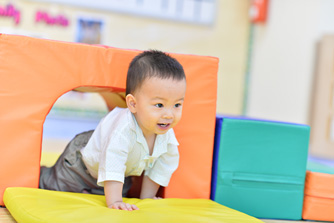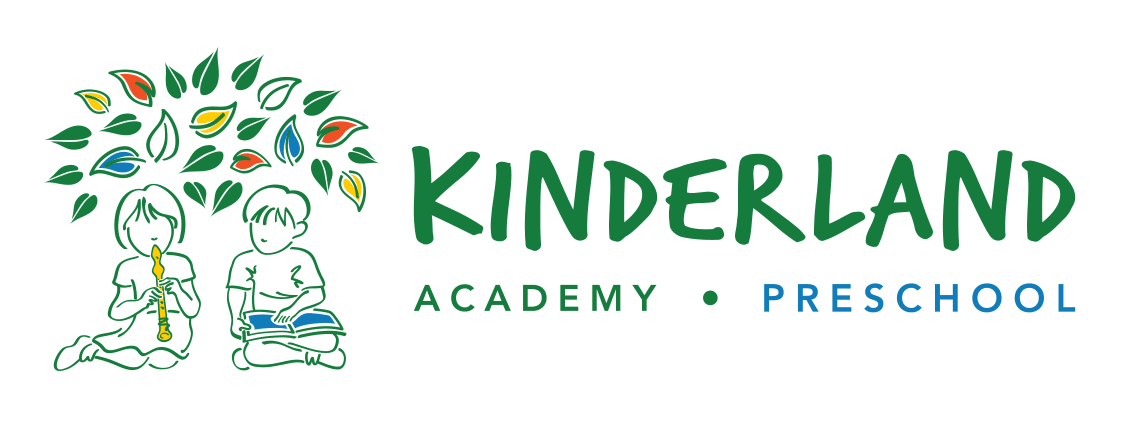Benefits of EXPLORATION for Infants and Toddlers
Born with 100 billion brain cells at birth, babies will use their daily experiences to make sense of the world they live in. From the sounds they hear spoken to them to the cuddling they receive, these two-way interactions help babies to develop their brains as they make crucial neural connections.

Exploring their physical environment comprises a great deal of the learning for mobile infants and toddlers.
Well-designed spaces in preschools contribute appropriately to children’s development and supports teachers in their role as facilitators of children’s learning and self-directed play.
What is a well-designed space for infants and toddlers?
According to well-known architects Louis Torelli and Durrett from USA, “a well designed environment is, of course, safe for infants and toddlers but, more than that, it supports their emotional well-being, stimulates their senses, and challenges their motor skills”.
The classroom has to be age appropriate, highly functional and aesthetically appealing. Furniture and layout should provide infants with various opportunities to challenge them through what they see, touch and feel. Such an environment allow infants to safely explore their environment independently, to learn how to navigate, and finally master it.
An environment which is appropriate and challenging is termed a Landscape for Learning.
In Kinderland, exploratory play includes the use of mats, soft-gyms, wall bars, cruiser boxes and climbing lofts. The well-designed spaces are to encourage children to discover their environment and their own physical capacities when they crawl, stand, climb and slide. Specially selected toys, including teacher-made resources, stimulate their sensory learning in a safe space.
Kinderland educarers provide a respectful, responsive and relational environment, which inspire infants and toddlers to explore. Educarers observe and understand individuals’ developmental achievements as they facilitate customized activities and interesting games.


